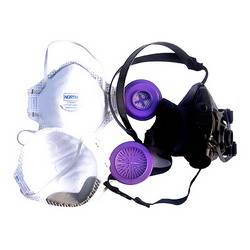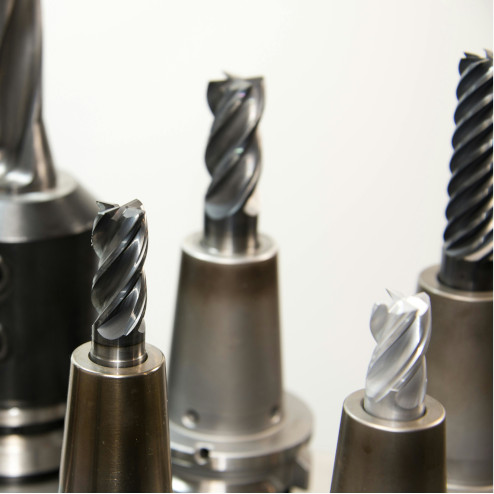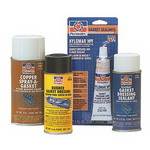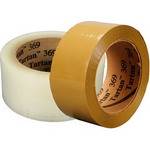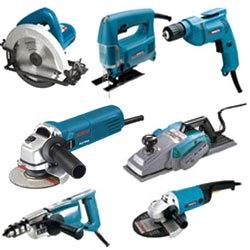product-lines
Product Lines
Cutting Tools
In the context of machining, a cutting tool is any tool that is used to remove material from the work piece in the form of chips. Cutting may be accomplished by the use of either single-point or multipoint tools. Single-point tools are used in turning, shaping, plaining and similar operations, while multipoint tools are used in milling and drilling operations. Cutting tools come in two types and both types are capable of performing a variety of machining operations.
Indexable Cutting Tools are cutting tools that are designed with inserts or replaceable tips. In these cutting tools, the cutting edge(s) consists of a separate piece of material that is attached to the tool body. When the cutting edge(s) of an indexable cutting tool are no longer sharp the insert(s) are either rotated to expose a fresh edge or replaced. Indexable cutting tools are commonly used in the following machining applications:
Solid Cutting Tools are cutting tools that have no changeable insert. The cutting edge and the shank is one unit and made of the same material. When the cutting edge(s) of a solid cutting tool is no longer sharp, the tool can either be re-sharpened or replaced. Solid cutting tools are commonly used in the following applications:
Abrasives
Abrasives are materials, often minerals, which are used to shape or finish a workpiece through rubbing. Abrasives are extremely commonplace and are used very extensively in a wide variety of industrial applications. This gives rise to a large variation in the physical and chemical composition of abrasives as well as the shape of the abrasive. Common uses for abrasives include buffing, cutting, grinding, honing, polishing, sanding, and sharpening. There are three different product groups for abrasives:
Bonded Abrasives are abrasive products where the abrasive material are bound tightly together by means of a bonding agent. Bonded abrasives include conventional grinding wheels, segments, mounted points, and honing stones.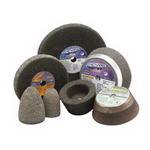
Loose Abrasives are abrasive products where "loose" grains are used for blasting, tumbling, or lapping.
Coated Abrasives are abrasive products where the grains are bonded to paper or cloth backings to form sandpaper type products that include belts, sheets, and discs.
Adhesives
In the most basic sense of the word, and adhesive is any substance applied to the surfaces of material that binds them together and resists separation. Common names for adhesive products include white glue, tapes, rubber cement, urethane and epoxies. While there are a variety of ways to organize adhesives into categories, all adhesives and can be categorized as either non-reactive or reactive.
- Drying Adhesives- Adhesives that harden by drying. These adhesives are either solvent-based or polymer dispersion adhesives.
- Pressure-sensitive Adhesives (PSA) - Adhesives that form a bond when pressure is applied to marry the adhesive with the adherend.
- Contact Adhesives - Adhesives applied to both surfaces to be bonded together.
- Hot Adhesive (AKA hot-melt adhesives) - Adhesives applied in molten form which solidify on cooling.
- Multi-part Adhesives - Adhesives that harden by mixing two or more components which chemically react.
- One-part Adhesives - adhesives that harden via a chemical reaction with an external energy source, such as light, heat, and moisture.
MRO Products
MRO is an acronym for Maintenance, Repair & Operations supplies. MRO Products generally fall into two categories: (1) the products used for the upkeep of the manufacturing facility; and (2) the products consumed in the production process, but which do not become part of the end products. MRO Products encompass a wide assortment of products that include, but are not limited to the following:
Safety Products
Safety Products is a broad category that encompasses everything from personal protection equipment (PPE) to environmental and industrial safety products, to hazardous material equipment. Examples of safety products include, but are not limited to the following categories of products: